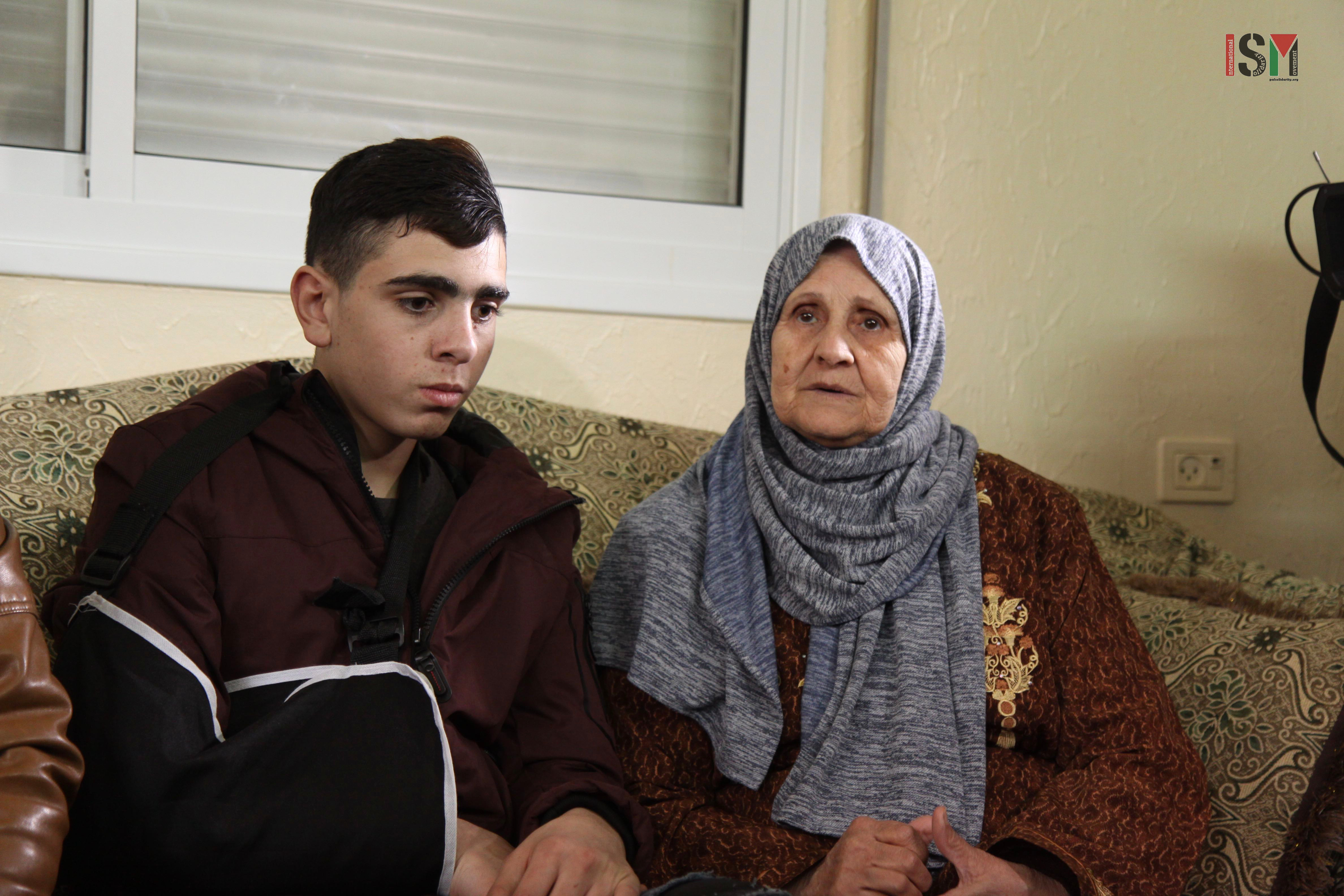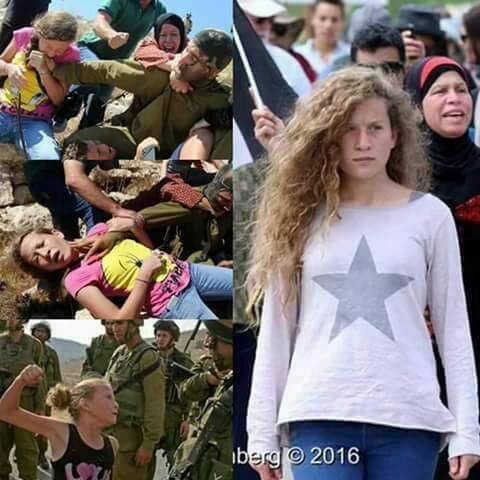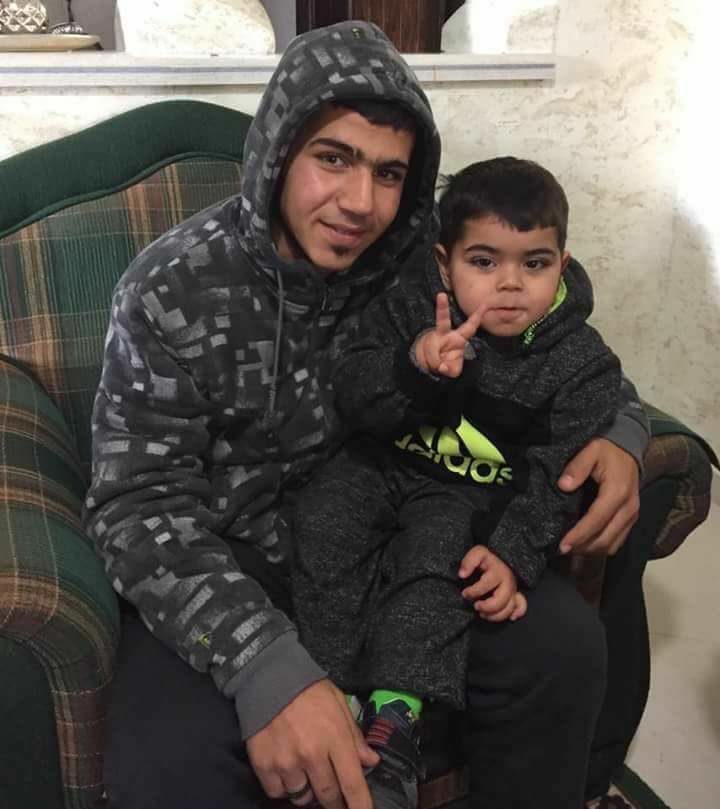Category: Reports
-
Fawzi Al Junaidi Released
28th December 2017 | International Solidarity Movement, al-Khalil team | al-Khalil, Hebron, occupied Palestine International Solidarity Movement visited the family home of Fawzi Al Junaidi who was released after his family paid a 10,000 shekel bail on Wednesday Fawzi returned back to his family home after a checkup at hospital. The iconic photo of a…
-
Israeli soldiers arrest 16-year old girl and her mother in Nabi Saleh
December 19th 2017 International Solidarity Movement, Nablus team | International Womens Peace Struggle | Occupied Palestine UPDATE: Bassem Tamimi, Ahed’s father, has also been arrested by Israeli occupation forces as he went to the court where his daughter and wife are held. No break for the kid-targeted repressive operation of the Israeli forces. Tonight soldiers raided Nabi…
-
The high cost of freedom – Israeli army targets kids
18th December 2017 | International Solidarity Movement, Nablus team | Occupied Palestine During the past weeks an increasing number of children have been arrested and injured all around the West Bank. ISM met with Iyad Burnat from Bil’in who is witnessing how the second generation of activist, including his own children, are being targeted through…



